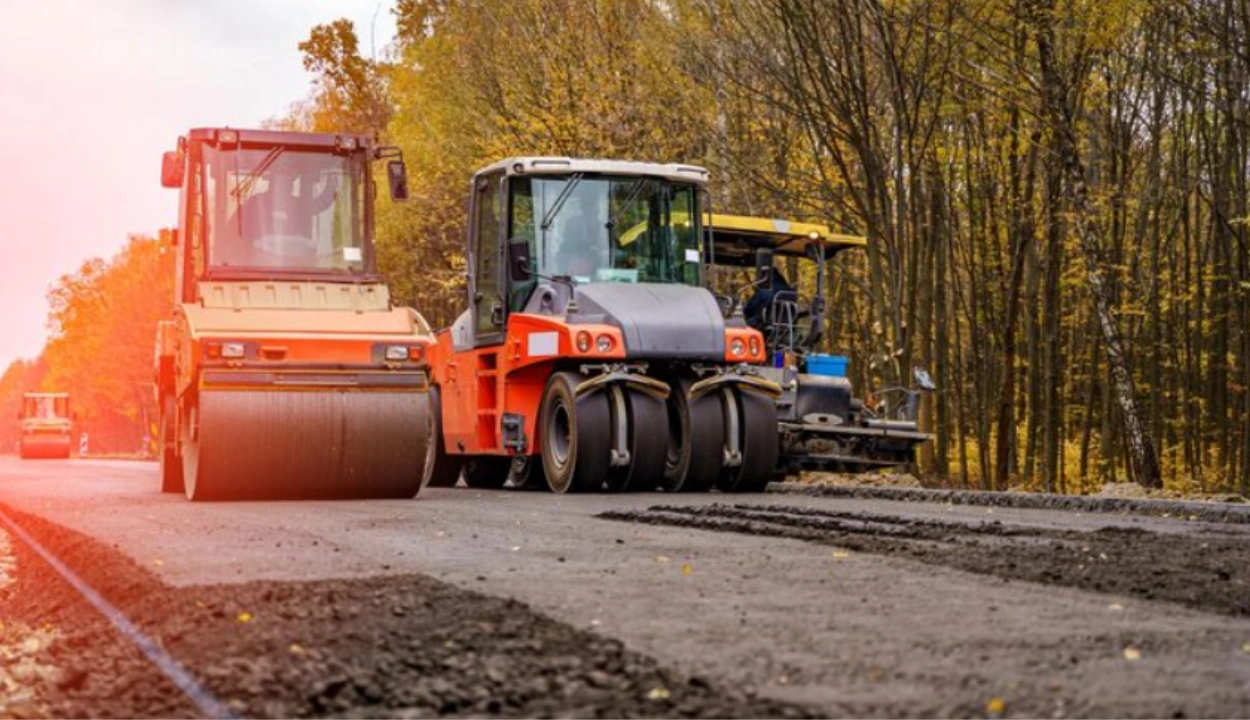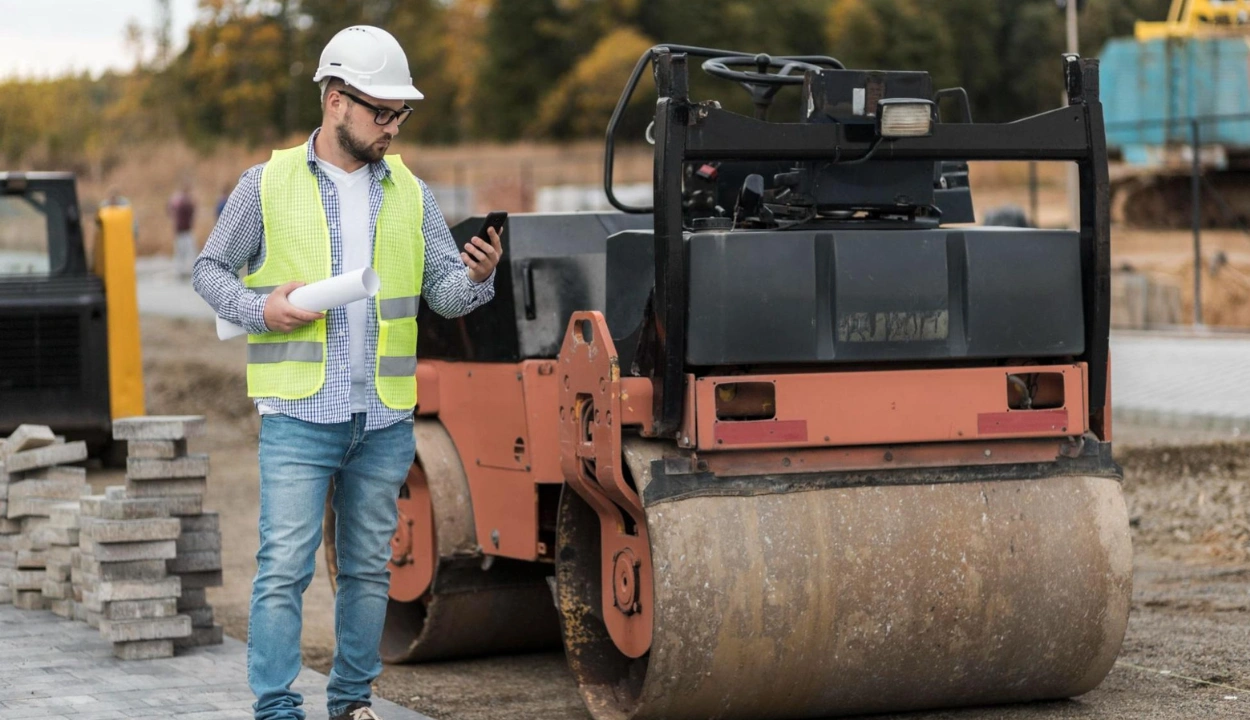What is Equipment Integration & How it Helps for Better Management at Construction Site
Construction managers, are you looking for more ways to increase efficiency in your construction site?
Equipment integration might be the answer you are looking for. Using the right equipment integrations and combining different devices can enhance your site's productivity and safety.
This blog will take you through everything you need to know about equipment integrations and their benefits.
Let’s get started.
What is the Equipment Integration?
Equipment Integrations refer to connecting two or more pieces of equipment to help them share data and work together.
This process can be done by connecting the equipment with physical wires or using software.
Equipment integration and automation provide accurate and timely data collection, process controls, and optimization efforts.
Clue supports 70+ integrations across Telematics, GPS, CMMS & ERP.
Also, great details on Telematics Integration Provider Comparison & GPS Integration Provider Comparison
The main goal of this integration is to help project managers and personnel combine different devices and share data on a single interface.
Benefits of integration
Equipment integration has many benefits. One is that it can save you time and money by eliminating the need for multiple devices and separate systems.
They can help improve safety by providing more information and better control over your site.
Let’s check out some of the benefits of equipment integration here.
Timely decision making
Integrated systems provide real-time data insights, enabling stakeholders to make informed decisions efficiently and promptly.
Whether adjusting schedules, allocating resources, or addressing potential bottlenecks, timely decisions can help make a difference.
When problems are addressed quickly and efficiently, they are less likely to get disrupted or delayed.
Timely decision-making can help you ensure your project progresses without delays or hindrances, and integrated systems are a great way of tackling them with timely data and reporting.
Access to advanced analytics
Advanced analytics are a great way to get an overview of your operation without physically visiting different sites.
Equipment integration allows construction project managers to access advanced analytics.
These analytics facilitate predictive maintenance, performance monitoring, and resource optimization.
Data-driven insights pave the way for proactive strategies, helping construction managers with continuous improvement and efficiency gains.
Waste and cost reduction
Equipment Integration can help project, and construction managers significantly reduce waste and costs by combining real-time data collected on operations and using it to optimize resource allocation and usage.
Enhanced visibility into workflows and equipment enables project managers to identify inefficiencies, swiftly implement corrective actions, and minimize resource wastage and expenditure.
Through optimized resource allocation and proactive maintenance enabled by integration, construction firms can minimize downtime, reduce equipment idle time, and prevent costly breakdowns.
This leads to significant savings in both time and money throughout the project lifecycle.
Improved Equipment Usage
Equipment integration allows a project manager to create the optimum coordination and utilization of equipment, preventing under- or over utilization of machinery.
Ensuring that each piece of equipment operates at its optimal capacity greatly enhances overall project efficiency and productivity.
Integration creates seamless communication between machinery, enabling you to synchronize operations and maximize equipment utilization.
This optimization ensures that each asset operates at peak efficiency, prolonging its lifespan and minimizing downtime.
Risk mitigation
Integration helps identify potential risks and safety hazards early on by providing real-time insights into equipment performance and project dynamics.
Proactive risk management measures can then be implemented to safeguard workers, equipment, and project timelines.
Integrated systems facilitate comprehensive risk assessment and management by providing a holistic view of construction site operations.
Early detection of potential hazards allows for proactive risk mitigation strategies to be implemented, safeguarding both personnel and assets.
Safety and Security
Equipment Integration can help project and equipment managers enhance safety protocols. They can do this remotely by enabling remote monitoring.
Real-time alerts and notifications trigger prompt responses to safety incidents, which can improve overall job site security and worker welfare.
Equipment integration also helps create unique safety measures through remote monitoring, geo-fencing, and automated alerts.
By integrating the correct equipment management software into their systems, construction sites can ensure compliance with safety protocols, mitigate risks, and enhance overall security.
Basic concepts
A few key elements of equipment integration include:
- Data Interoperability: The ability for data to be seamlessly exchanged between different equipment and software systems. It is helpful in allowing managers to seamlessly integrate the systems with existing ones without any additional issues.
- Telematics and IoT: Integration of sensors and connectivity solutions for real-time monitoring and data transmission. They can help remotely monitor the equipment and track assets based on usage.
- Cloud Computing: Storage and processing large volumes of data on cloud-based platforms for accessibility and scalability. Allows the company to store backups and original data files on a cloud-based server, which can be easily accessed from anywhere.
- Integration Platforms: Centralized software solutions facilitating communication and data exchange among diverse equipment and stakeholders. This helps create a unified platform for all the integration applications and services.
- Predictive Maintenance: Integrated systems use predictive maintenance techniques, using data analytics to show equipment failures before they occur. This proactive approach minimizes downtime by addressing maintenance needs before they escalate into costly repairs.
- Automation and Robotics: Integration can involve using automated and robotic systems to perform tasks efficiently and accurately. This can include devices like drones, robotic arms, and autonomous vehicles. These technologies reduce manual labor and enhance precision in construction operations.
- Scalability: Integrated systems can be scaled up and down according to the project's needs. You can scale your systems based on the project size, scope, and complexity. Making it easier for project managers to manage the systems and the site.
Wrapping up
Construction projects require efficiency and productivity to be completed on time and within budget.
This is where equipment integration becomes a powerful tool for project managers.
It helps them leverage advanced technologies to create collaboration among equipment, tools, and personnel.
Equipment integration helps create smoother workflows, save costs, and, most importantly, enhance security and safety across the construction project.
As the industry embraces digital transformation, equipment integration will grow significantly, driving innovation and excellence in construction site management.
FAQs
What is the need for equipment integration in a construction site?
Equipment integration addresses the crucial challenges of the construction site by managing resource utilization, enhancing operations, ensuring safety, and mitigating downtime. Using integrations, construction stakeholders can easily monitor operations and help increase productivity, efficiency, and innovation in their projects.
Why is the equipment necessary in construction?
Construction equipment allows project managers to improve job site efficiency, productivity, safety, and precision. Equipment helps managers reduce costs and delays by keeping their eyes open and monitoring the project carefully.
How can you manage equipment in a project?
To manage equipment in a project, track inventory, schedule maintenance, and train operators to use machinery efficiently. Regularly assess utilization, consider rentals or subcontractors, and optimize resource allocation to minimize downtime.
How does equipment integration improve efficiency and management on construction sites?
Equipment integration enhances efficiency and management on construction sites by:
- Streamlining operations through communication between machinery and tools.
- Providing real-time data insights for informed decision-making and proactive problem-solving.
- Optimizing resource allocation and minimizing downtime through predictive maintenance and performance monitoring.
- Enhancing safety and security measures with features like remote monitoring and automated alerts.
- Increasing collaboration among stakeholders through centralized communication and information-sharing platforms.
Transform Your Equipment Management












